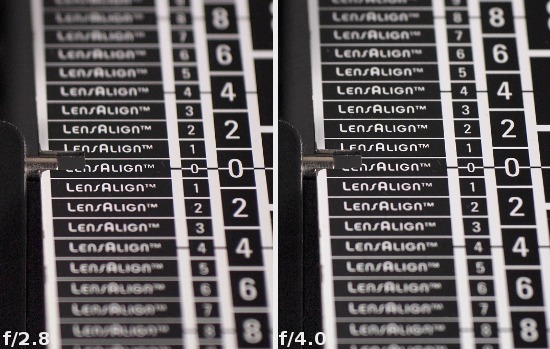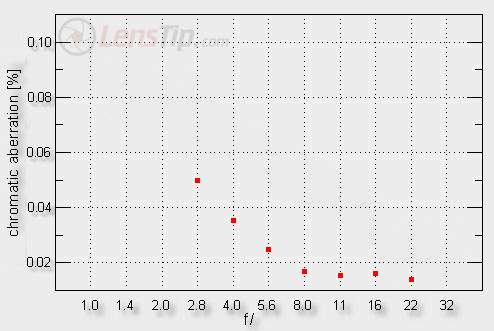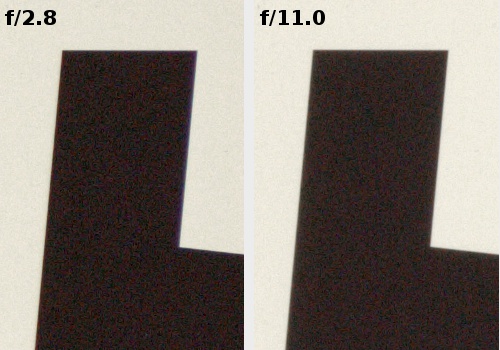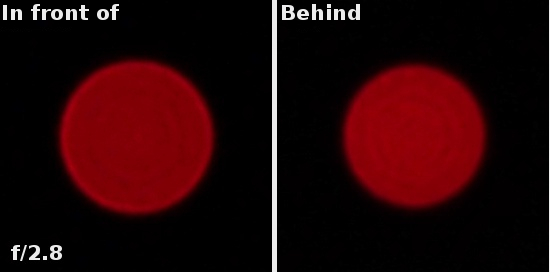Sigma A 60 mm f/2.8 DN
5. Chromatic and spherical aberration
Chromatic aberration
The Sigma A 60 mm f/2.8 DN doesn’t have any problems related to the longitudinal chromatic aberration. If you load the crops, presented below, into a graphic program and you increase the brightness you can notice a slight colouring of defocused areas but that effect is really slight.
 |
Please Support UsIf you enjoy our reviews and articles, and you want us to continue our work please, support our website by donating through PayPal. The funds are going to be used for paying our editorial team, renting servers, and equipping our testing studio; only that way we will be able to continue providing you interesting content for free. |
- - - - - - - - - - - - - - - - - - - - - - - - - - - - - - - - - - - - - - - - - - - - - - - -
When it comes to the lateral chromatic aberration the situation is perhaps even better than in the case of the longitudinal variant. Only at the maximum relative aperture its level can be described as low; at other apertures it remains negligible and virtually impossible to detect in photos. A round of applause for the Sigma constructors.

 |
Spherical aberration
The crops below show that there are no vital differences between circles of light you get before and after the focal plane. The pictures of the autofocus testing chart and the longitudinal chromatic aberration don’t feature any traces of ‘focus shift’. All those facts mean that the spherical aberration in the tested lens is corrected well.







